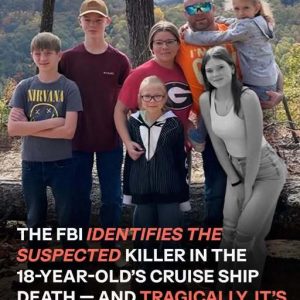Public debates over how transparent courts should be often rest on misunderstandings about why and how decisions to withhold or redact information are made. Many in the public instinctively assume that any non-disclosure must be an attempt to hide something important or sinister. But the text argues that simply releasing everything is neither possible nor necessarily beneficial. What matters more is that courts clearly communicate the principles and rules guiding disclosure. When people understand the legal, procedural, and ethical constraints, they develop more realistic expectations — and their trust in the justice system is more likely to grow.
At the heart of court confidentiality are well-established legal and institutional constraints. Courts frequently have to balance transparency with other urgent obligations: they may withhold or redact materials to protect privacy, preserve the fairness of ongoing investigations, or comply with statutory duties. These decisions are not ad hoc but are shaped by long-standing rules. By explaining why certain documents remain sealed, when disclosure may happen, and which parts must be redacted, courts transform what looks like secrecy into a structured, rule-governed process. This helps the public appreciate that non-disclosure doesn’t always mean wrongdoing — it often reflects legal responsibility.
This kind of explanation does more than just justify non-transparency; it reshapes public perception. When the public is informed about the established framework, they don’t need to guess whether sensitive material is being hidden for improper reasons. Instead, they can refer to the relevant policies and legal principles. This shift from speculation to understanding makes the judiciary feel more predictable and less mysterious. Over time, consistent explanations foster a deeper trust — not based on opaque gestures, but on a transparent process, where people know how decisions are made, even if they don’t see every document.
Of course, transparency does not eliminate disagreement. Even with clear communication, some will argue that more information should be released, or that explanations could be clearer. Others may challenge whether the rules themselves are fair or appropriately applied. But when rules are publicly available and consistently applied, criticism becomes more focused and constructive. Instead of speculating about hidden motives, public debate can target the guidelines themselves — whether they are just, reasonable, and sufficiently transparent. This promotes more informed, democratic discussion.
When courts make their standards clear and explain how they manage sensitive information, they help the public recalibrate its expectations. Rather than demanding total disclosure or assuming that sealed records always hide misconduct, citizens come to accept that some level of confidentiality is both legally justified and necessary. Public trust then grows not from blind faith, but from seeing courts reliably follow their own rules. Accountability becomes procedural: the public judges not just the content of court decisions, but whether the process aligns with formally stated principles.
Finally, the text insists that true transparency is not about exposing every secret, but about making the logic of confidentiality visible. Even when courts cannot reveal certain materials — because of privacy, ongoing investigations, or legal restrictions — they can maintain legitimacy by explaining why silence is needed. By illuminating the boundaries of disclosure, the judiciary keeps the public in the loop. Over time, this openness builds a stable foundation of trust: not through total openness, but through clarity, consistency, and reasoned restraint.





